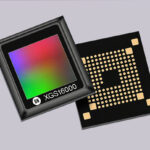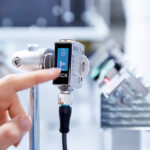ASIA ELECTRONICS INDUSTRYYOUR WINDOW TO SMART MANUFACTURING
New Gas Detection Unit Ensures Safety of Chip Fabs
NEW COSMOS ELECTRIC CO., LTD., a Japanese gas alarm and detector manufacturer, has launched its new gas detection unit PS-8 Series for use in semiconductor factories. The Osaka-headquartered company sets an ambitious goal of “Eliminating gas accidents around the world”.
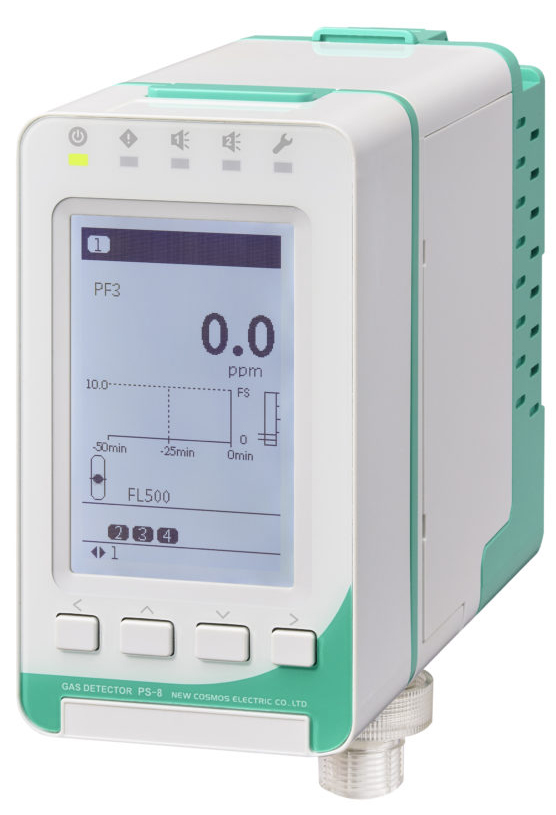
Development History
Generally, semiconductor manufacturing plants handle a wide variety of gases toxic to humans during the manufacturing process. This necessitates the use of gas detection and alarm devices in manufacturing plants.
In addition, the Regulation on Safety of General High Pressure Gas standards stipulates that “the reading of gas leak detection and alarm equipment for special high-pressure gas must be calibrated at least once every six months.”
In 1997, New Cosmos Electric developed the PS-6 gas detection units for semiconductor factories. Its predecessor, PS-7, was developed in 2003. This product series was the first in the industry to adopt the ” New Cosmos Method.” Specifically, it eliminates the need for onsite gas calibration by providing pre-calibrated replacement sensor units, reducing maintenance and running costs. This has been a key selling feature. Further, these products have been adopted by customers all over the world.
Further, New Cosmos has been working on developing the next generation of semiconductor gas detection units, keeping the core features of PS-6 and PS-7. Also, the company is making improvements that allow for more customization to meet customer needs.
Specifically, the newly released PS-8 allows customers to add sub-units and expansion units to the main unit for customizable monitoring to meet any customer need. Additionally, using the company’s know-how developed over decades of gas detection experience, it has improved the performance of its gas sensors at the core of the PS-8. Also, the company improved usability by equipping the PS-8 with a large LCD screen for easy visibility.
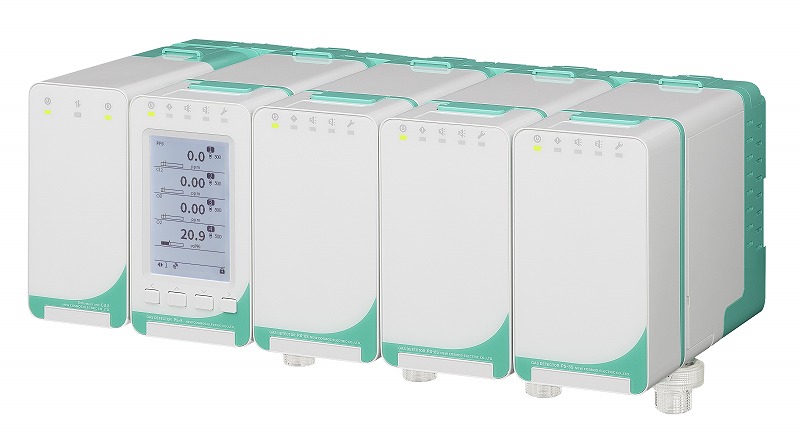
Features of the PS-8 Series
1. Long sensor life with hot wire semiconductor hydride sensor*
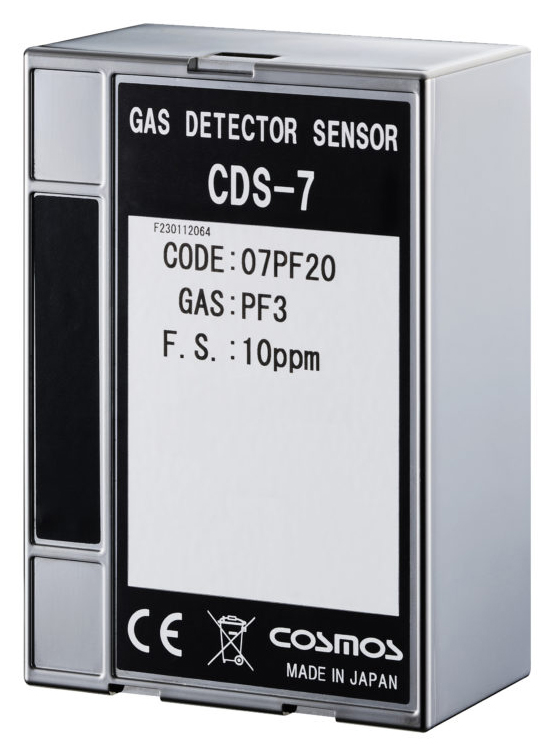
- World first! Using its proprietary technology, the company has developed the world’s first SiH₄ (silane) hot wire semiconductor sensor.
- Longer sensor life reduces the frequency at which sensors need to be replaced, reducing running costs.
Conventionally, electrochemical sensors have been used to detect hydrides, and the sensor lifespan was around one year. The company’s proprietary hot wire semiconductor sensor, which has a long track record of detecting hydrogen, is the first in the world to be able to detect hydrides and achieve a long sensor life (up to 5 years).
*Coming soon
2. Large LCD Display for Monitoring at a Glance
Point 1 Trend Graph
When a gas leak occurs, you can check the gas leak history up to 50 minutes prior to the alarm.
Point 2 Display History etc.
Aside from gas alarms, history such as when maintenance mode can also be set. Currently, it displays occurring events on the device itself.
3. PoE support reduces wiring and allows for seamless PLC connection
- A single LAN cable is applicable for everything from power source devices to data communication
- Converters, which were previously required between the PLC (host system), are no longer needed.
This is an online translation of a Japanese press release with slight editing made by Dempa.
-02 August 2024-

